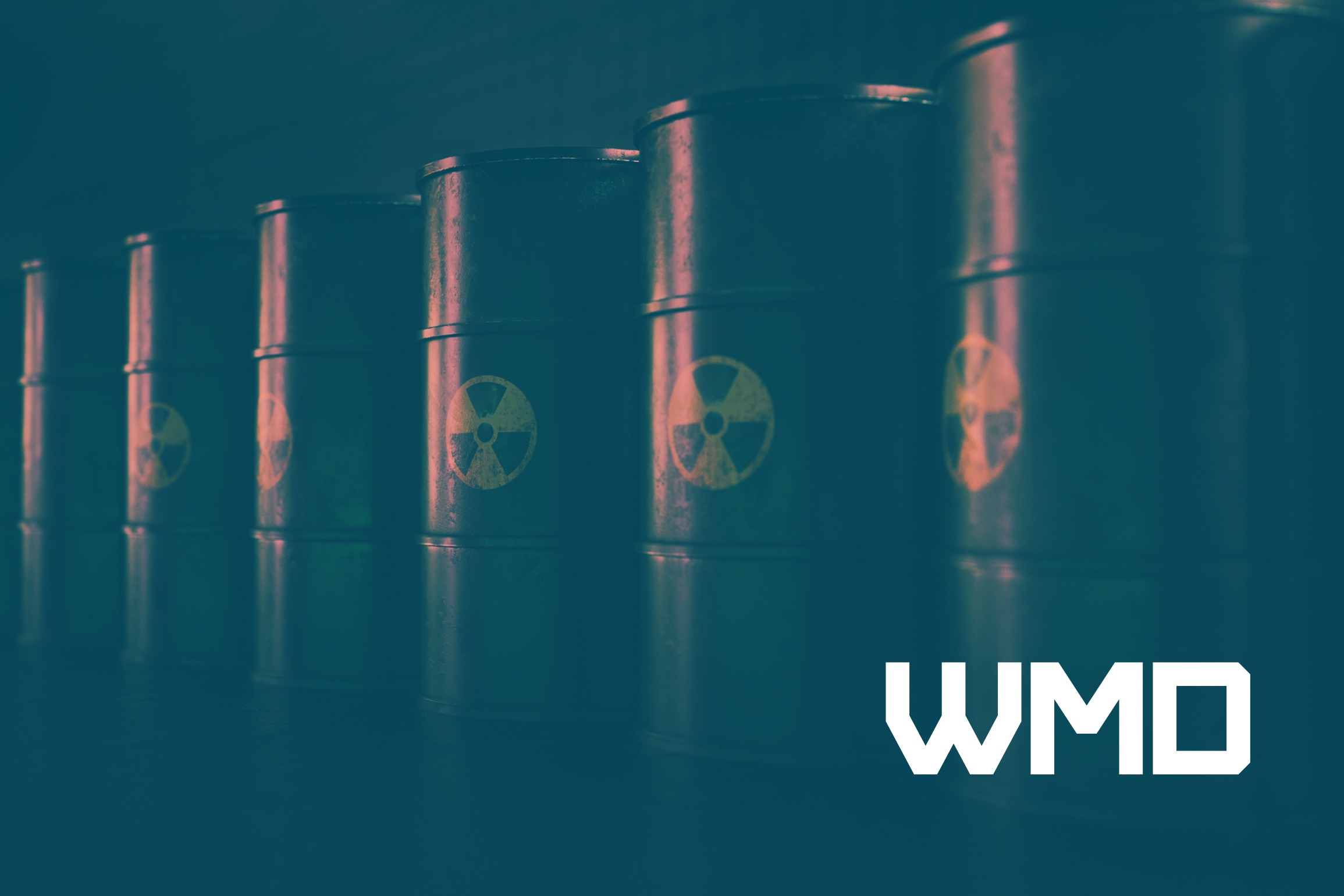The Nuclear Fuel Cycle and Horizontal Proliferation in the Asia-Pacific Region
With the Review Conference of the Nuclear Non-Proliferation Treaty (NPT) confirmed to take place in January 2022, nuclear non-proliferation and disarmament advocates are pushing to shore up the global NPT regime. In this new report titled, “The Nuclear Fuel Cycle and Horizontal Proliferation in the Asia-Pacific Region,” John Carlson, former Director General of the Australian Safeguards and Non-Proliferation Office discusses the challenges facing the NPT, specifically the proliferation risks arising from the construction and operation of nuclear fuel cycles spread across the Asia-Pacific region.
Carlson argues that horizontal proliferation – an increase in the number of states with nuclear weapons – is a particularly pressing concern in the Asia-Pacific, as the region is notable for tension and conflict between nuclear-armed states.
The author challenges the conventional idea that nuclear proliferation is always undertaken in secret. In fact, one approach to nuclear weapons production is to openly establish uranium enrichment and plutonium reprocessing capabilities as part of the civilian nuclear fuel cycle, i.e., the process of mining, processing, using, reprocessing, and disposing nuclear fuel. Carlson states that where a state develops such capabilities openly, under IAEA safeguards. The state may be deliberately establishing a nuclear weapon option.
He highlights that many states have nuclear latency, i.e., they possess – through their peaceful nuclear programs – dual-use capabilities that could be used to produce nuclear weapons. Moreover, some states also pursue strategies of nuclear hedging, deliberately establishing the option of acquiring nuclear weapons within a relatively short time frame. States often motivate both nuclear latency and nuclear hedging through energy security concerns.
The author recommends that:
- Proliferation-sensitive stages of the fuel cycle should be under multilateral rather than national control. There are existing models to follow, such as Urenco, the IAEA LEU (Low enriched uranium) Bank in Kazakhstan, and Rosatom and the International Uranium Enrichment Centre (IUEC) in Russia.
- Key elements in the new framework would include multinational fuel cycle centres, international fuel supply guarantees, and fuel leasing.
- Supply of nuclear technology should take place under “black box arrangements” where the recipient is unable to replicate key aspects of the technology.
- New or deferred enrichment or reprocessing projects, such as the Rokkasho plant in Japan, should not proceed at this time.
- Multinational approaches should not be looked at in isolation but considered in the context of possible further complementary non-proliferation and confidence-building mechanisms, such as enhanced transparency, nuclear weapon-free zones, and regional safeguards arrangements.
Click on the adjacent link to download the full report.
About the Author
John Carlson is an independent consultant on nuclear safeguards, disarmament and arms control and nuclear governance. His current affiliations include: APLN; the International Luxembourg Forum; the Vienna Center for Disarmament and Non-Proliferation; and the Nuclear Threat Initiative. He was Director General of the Australian Safeguards and Non-Proliferation Office from 1989 to 2010. Concurrent appointments included chair of SAGSI, the IAEA’s Standing Advisory Group on Safeguards Implementation (2001-2006) and founding chair of the Asia-Pacific Safeguards Network (2009-12). Carlson is a Fellow of the Institute of Nuclear Materials Management, and a Member of the Order of Australia.
Disclaimer: The views expressed in this report do not necessarily reflect the position of the Asia Pacific Leadership Network or any of its members.
Image: iStock

